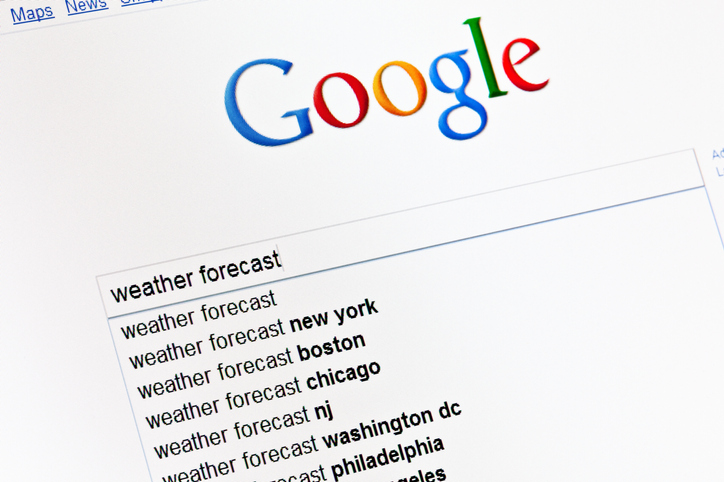Google Activity Cards, launched on January 9th, are the latest innovation to Google’s search results which allows search engine users to browse, save, and delete results from previous similar searches. Anyone with a Google account can access previous searches by logging in and following this path: Settings > History. You may see search history, search within your history, or even delete past searches.
Google Search Cards also allow users to save searches to collections, and delete searches that are no longer relevant. Rather then bookmarking user a particular browser, this can be completed through the search platform itself. This allows the individual user to manage some search results and create favorites rather than relying upon the Google Algorithm to deliver the best results.

How does this affect SEO and site traffic? In some SERPs (search engine result pages) a small card marked “Your related activity” will appear at the very top of the page. This card can be clicked on and expanded to show results for similar past searches. For SEO and site traffic, this means essentially that the rich will get richer. If you have strong rankings, and meta descriptions that will attract clicks, then you will be able to attract more repeat traffic. Google highlights past searches and even prioritizes them in search already, but the search cards make that process more transparent and hand control of using that feature to the user. In short, Google continues to reward those that provide a user experience that would make a website visitor return. New websites working to gain rankings may find that task more difficult now that there is already a box with preferred information at the top of the SERP.
It is important to emphasize that this feature is only available at this time in limited search results, and that it will only be available to those with Google accounts. This is a mixed blessing for SEO, as those of us striving to optimize our rankings in Google will have yet another reason to strive to gain top 3 rankings to attempt to be included in as many Google Activity Cards as possible, while others who do not have top of the page rankings may be included in cards by users because they do not want to lose the link to return to the site. Overall, transparency is increased by activity cards, and for the search engine user, that is positive.
Eric Van Cleave is CEO and Digital Director of Zenergy Works, A Santa Rosa California Digital Agency.
